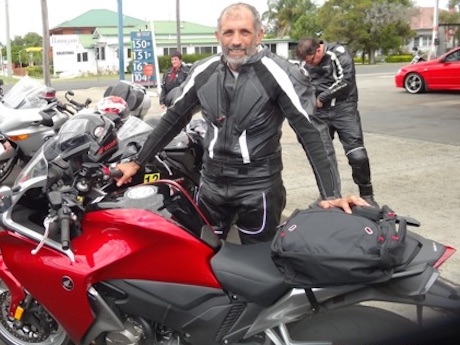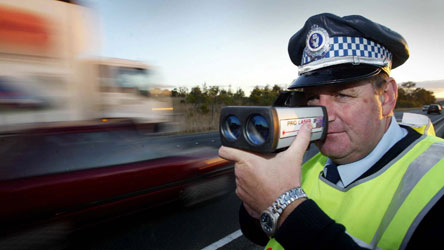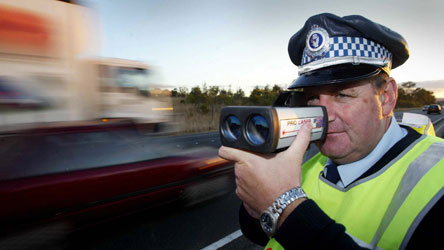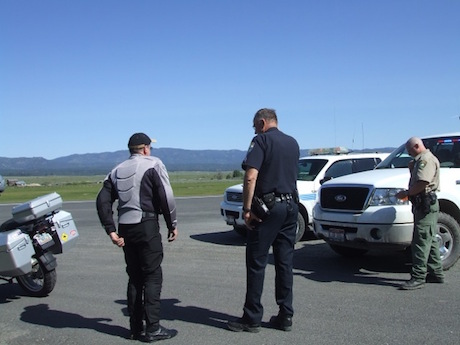Speed limits are generally too low and speed cameras so prolific that the number of unsuspecting motorists trapped has doubled in the past five years.
Long-time motorcycle rider and flight instructor Peter Callil says this policy is set up to fail in the long term.
He has previously provided an insight into scientific information about speed gained from years of safety research which started on a flight instructor course in 1988.

Peter talks about how the low-speed-limit policy sets us up to fail:
Speed limits
Speed limits are supposed to be established to enable the safe and efficient transit of traffic in a given area. To achieve this, speed zones are supposed to be established with reference to the 85th percentile speed – the speed that the majority of traffic travel at in the given conditions.
Scientifically, this is determined by monitoring the speeds at which traffic travel along a stretch of road in ideal conditions, then establishing the speed limit to reflect the speed at which the majority travel. This reduces the variance between vehicle speeds, which has been shown to reduce traffic conflicts.
We often hear the anguished pleas of people who claim that everyone speeds in their area, and they are probably right. However, if the majority of road users are ignoring the posted limit then the limit is wrong, not the majority of road users.
Ironically, traffic that travels either below or above the posted limit could be travelling at the speed that is optimum for their conditions, however, the limit should be set for ideal conditions, so few drivers should feel safer at higher speeds.
Unfortunately, speed limits are not established based on the 85th percentile rule in all cases, and as a result, the majority of traffic will be seen to exceed the limit in those areas. In this case, the speed limit should be reviewed, not provision for additional enforcement to regulate the speed of traffic below that which is less than ideal for the majority of road users.
Policy of failure
Governments love to enforce low speed limits, because they gain significant additional revenue from the exercise, however, this is unsustainable in the long term. What usually happens is that drivers will eventually learn to avoid traffic infringements by regulating their speed appropriately, despite the fact they will be forced to operate at a speed that is below their optimum for maximum safety and efficiency. This will inevitably result in more accidents as the motorist’s attention wanders due to low demand.
Some riders and drivers will feel more comfortable at these lower speeds. The elderly, for example, and the under-confident. However, the majority of confident motorists are disadvantaged by low speed limits – in effect, their performance, and potential safety will be compromised.
We like to put safety above all else, but in reality, safety and efficiency must be balanced to achieve the optimum result. This concept is generally accepted in the manuals used by governments to regulate traffic safety, however, not many people read those manuals, and simple concepts are easily forgotten in day to day life – especially when there are other agenda that take precedence.
There is a saying about motorcycle riders, that goes, “A thinking rider is a safe rider.” The same is true of anyone. Once that brain ceases to do the job it’s designed for, you might as well kiss it goodbye. If you don’t use it, you lose it.
We are slowly being trained to ignore our own senses, especially our common sense, and be a good automaton, devoid of sense, and compassion for others.
We have been set up to fail by a system that is rewarded for our failure.




